Leiter für Pflanzenheilkunde an der BHU
Prof. V.K. Joshi MD (Ayu) PhD leitet die Abteilung für Dravyaguna an der Fakultät für indische Medizin der renommierten Banaras Hindu University in Varanasi. Mittlerweile blickt er auf 40 Jahre Erfahrung in der Arbeit mit klassischen ayurvedischen Heilpflanzen zurück. Er ist Vorsitzender des Ayurveda Pharmacopeia Committees im AYUSH Ministerium und wirkt in der Expertengruppe für Qualitätsstandards indischer Heilpflanzen mit. Außerdem hat er die WHO Richtlinien für grundlegende Ausbildung und Sicherheit im Ayurveda verfasst.
Strengthening Ojas with Dravyaguna
Prof. V.K. Joshi
Dravyaguna is a composite word of Dravya and Guna. Dravya (substance) signifies, that where Karma (action) and Guna (property) are situated and which is material cause (of its effect). Two kinds of Dravya have been defined in Ayurveda i.e. Karana-dravya (causal substance) and Karya-dravya (effectual substance). The former are nine in numbers whereas, later are five. All Karya-dravya is essentially composed of Panchamahabhuta (five- primordial elements).
In nature, Jangama (animal), Audbhida (plant) and Parthiva (Minerals) Dravyas are available and 20 Gunas are present in them. Out of twenty Gunas, first eight are designated as Virya (potency) according to Agnivesa. Of them, a few enhances Ojas and few others depletes it.
Ojas is expressed as Bala (strength) in Ayurveda and it is the super most essence of seven Dhatu i.e. Rasa-Rakta-Mamsa-Meda-Asthi-Majja and Sukra. Diminishing of Ojas in a body, leads to various disorders and its absence causes death. Those seven Dhatus are nourished by the essence of the Ahara-dravya (food-substance).
Considering the importance of Rasa-dhatu, Susruta has recommended following dravya for its nourishment; Asvagandha (Withania somnifera), Satavari (Asparagus racemosus), Bala ( Sida cordifolia ) etc. A part from that there are Ojas strengthening Dravyas, which enhances Ojas directly having with similar property as Ojas has. Those Dravya are called Jivaniya-dravya under Jivaniya Mahakasaya (life sustaining great extractives) in Charaka Samhita.
Manduka-arjuna (Centella asiatica and Terminalia arjuna) in Hrdroga (heart disease) patients
Prof. V.K. Joshi
Hrdaya (heart) is said to be one of the three Marmas (vital organs) in Ayurveda. Of them, Hridaya (heart) is the seat of Chetana (consciousness) and left to it lung and spleen is located and at right side liver and gall bladder. In original scriptures of Ayurveda, Hrdroga (heart disease) and its treatment is described. Of them, Hrdistha sula (pain in chest) and Ucchavasa avarodha (obstruction during expiration) are two important clinical features of Hrdasula is discussed in Ayurveda.
The drug Manduka is well known for its Medhya karma and Arjuna for its Hrdya karma. Both the drugs are having their effect through Prabhava (specific action) and are recommended with milk. The leaves of the Mandukaparni have been said for cardiovascular disorders as vegetable in Susruta Samhita. Further, it is included amongst Medhya-rasayana group of drugs in Charaka Samhita. The use of Arjuna in hrdaya roga is found in Vrinda vaidyaka, Chakradatta,Chikitsa sara Sangraha etc.
In Angina pectoris (chest pain and difficult breathing on exertion) patients, Manduka (Centella asiatica) and Arjuna (Terminalia arjuna) in a compound formulation for three months with cow’s milk was given. Marked reduction in chest pain as well as improvement in breathlessness was reported in patients. The reduction in systolic blood pressure as well as diastolic blood pressure was also recorded in treated patients. Marked improvement in sleep pattern was also reported by good number of patients.
Newsletter
* Ich habe die Datenschutzerklärung zur Kenntnis genommen. Ich stimme zu, dass meine Angaben und Daten zur Beantwortung meiner Anfrage elektronisch erhoben und gespeichert werden.

2024 © Rosenberg Ayurveda Akademie gGmbH